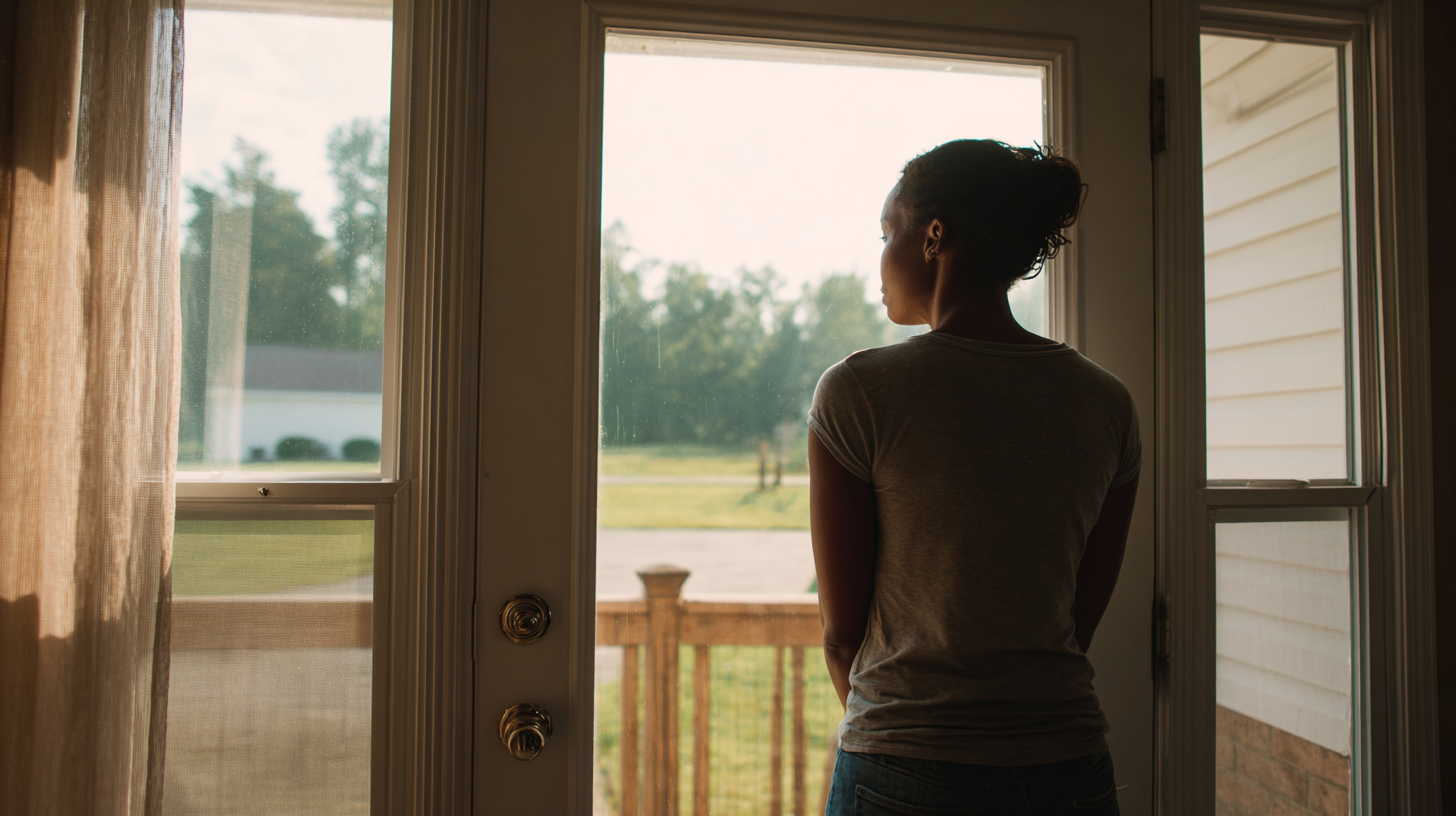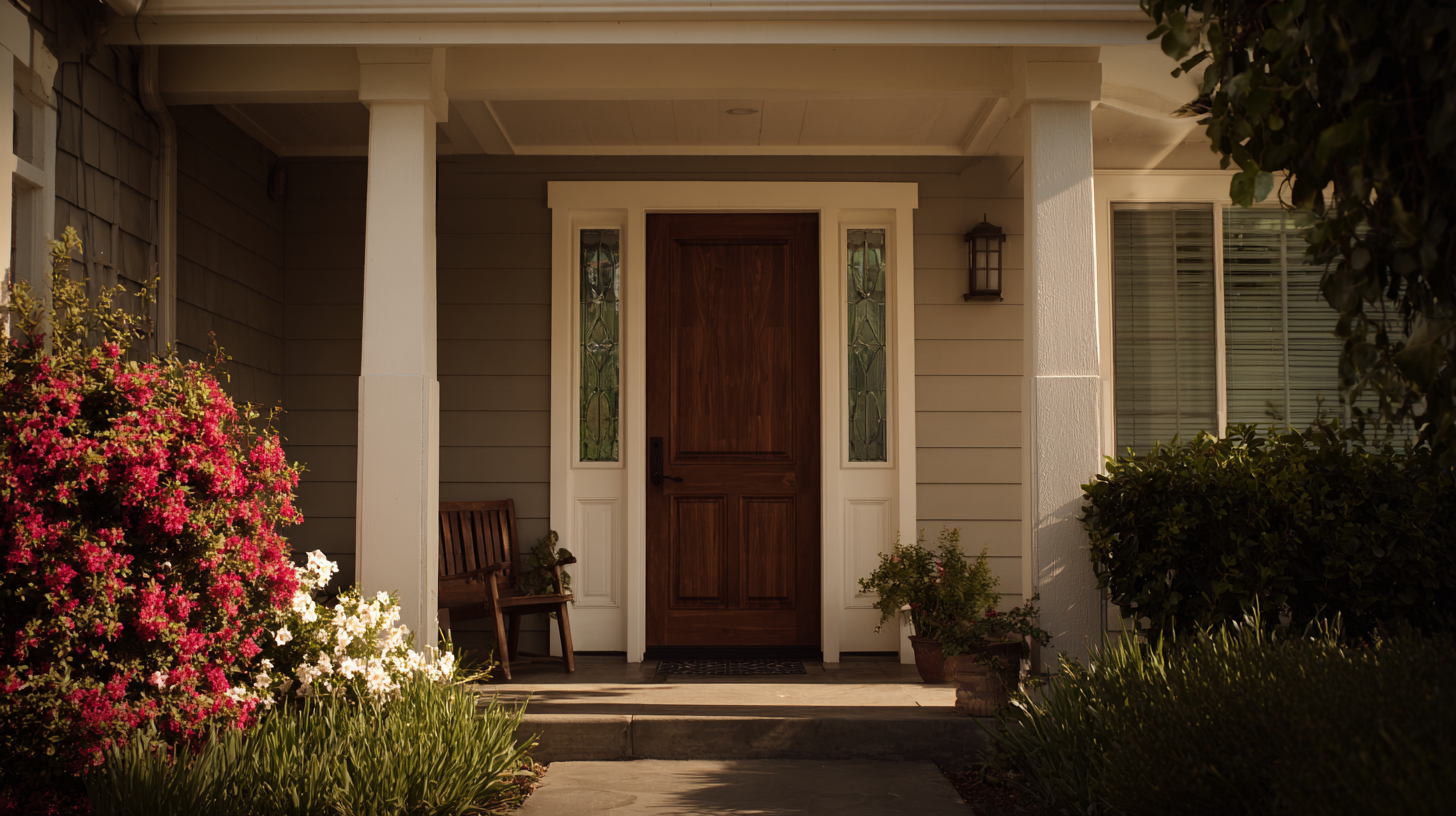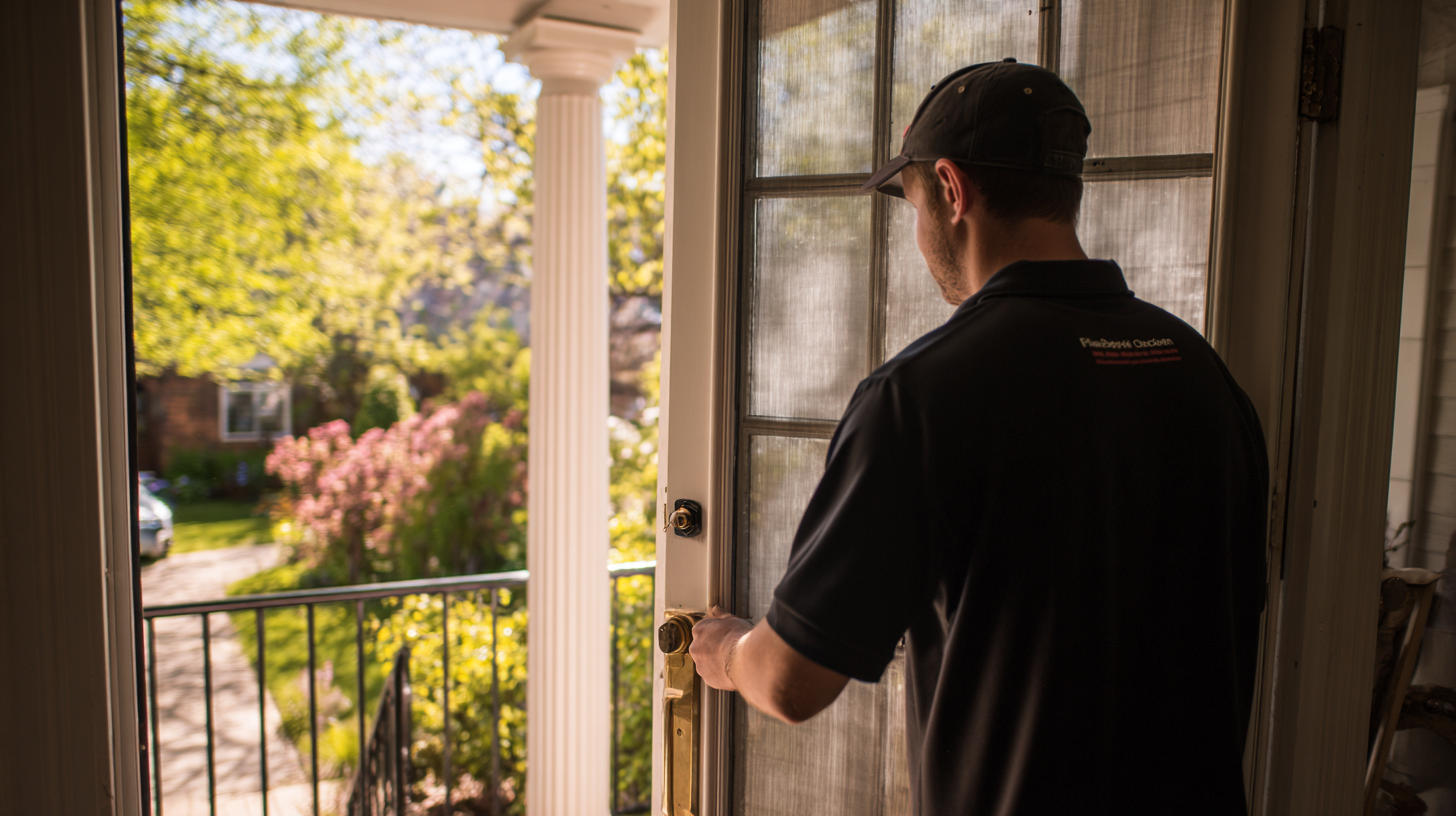Unlocking Home Protection and Energy Efficiency with Storm Doors
Storm doors are an essential component of home protection and energy efficiency, serving as a first line of defense against harsh weather conditions. According to the Department of Energy, homes can lose up to 30% of their heating energy through improperly sealed doors and windows. By installing storm doors, homeowners can significantly reduce air infiltration, thereby enhancing insulation and reducing energy costs.
 Additionally, the National Association of Home Builders reports that well-designed storm doors can improve security by adding an extra layer of protection against break-ins. Beyond these benefits, storm doors also come in a variety of styles that can enhance the aesthetic appeal of a home, making them a practical and stylish choice for any homeowner looking to boost energy efficiency and safety.
In this blog, we will explore various solutions for selecting and installing storm doors, ensuring you get the best protection and efficiency for your home.
Additionally, the National Association of Home Builders reports that well-designed storm doors can improve security by adding an extra layer of protection against break-ins. Beyond these benefits, storm doors also come in a variety of styles that can enhance the aesthetic appeal of a home, making them a practical and stylish choice for any homeowner looking to boost energy efficiency and safety.
In this blog, we will explore various solutions for selecting and installing storm doors, ensuring you get the best protection and efficiency for your home.
Benefits of Installing Storm Doors for Home Protection
When it comes to enhancing home protection, installing storm doors can be a game changer. According to the U.S. Department of Energy, storm doors can improve a home's energy efficiency by up to 50%, acting as a barrier against drafts and extreme weather conditions. This not only helps maintain a comfortable indoor environment but also reduces heating and cooling costs, making it a wise investment for homeowners looking to save on energy bills.

In addition to energy savings, storm doors provide an extra layer of security for your home. A report from the National Association of Home Builders indicates that homes with storm doors are less susceptible to forced entry, as they add a sturdy barrier that makes it harder for intruders to gain access. This added security, combined with the ability to enjoy natural light and ventilation without compromising safety, makes storm doors an essential feature for modern home protection strategies. Investing in high-quality storm doors not only fortifies your home but also enhances its aesthetic appeal, making it a dual benefit for homeowners.
Comparing Materials: Aluminum vs. Fiberglass Storm Doors
When it comes to enhancing the protection and energy efficiency of your home, installing a storm door can be a highly beneficial upgrade.
Focusing on materials, aluminum and fiberglass storm doors stand out due to their unique advantages. Aluminum storm doors are known for their durability and resistance to the elements, making them a practical choice in inclement weather conditions. They provide excellent insulation, helping to maintain your home's temperature while reducing energy bills. Additionally, their lightweight nature makes them easy to operate, ensuring you can enjoy the benefits of ventilation without compromising on security.
On the other hand, fiberglass storm doors offer a stylish and energy-efficient alternative. They come with a variety of finishes and styles, allowing homeowners to complement their exterior aesthetics while enjoying improved insulation properties. Fiberglass doors not only resist dents and scratches but also provide superior strength, making them a long-lasting option.
When comparing these two materials, consider factors such as climate, desired aesthetics, and long-term energy savings to determine the best fit for your home protection needs.
Energy Efficiency Features of Modern Storm Doors
Modern storm doors are more than just a protective barrier; they are essential contributors to home energy efficiency. With the North America doors and windows market projected to reach $83.22 billion by 2029, the demand for energy-efficient solutions has never been higher. Homeowners are increasingly recognizing the value of storm doors not just for their aesthetic appeal but for their functionality in reducing energy costs.
These doors are designed to minimize air leaks that can contribute to fluctuating indoor temperatures. Features such as double-sided glass and thermal insulation can significantly improve energy retention, making homes more comfortable throughout the year. For instance, utilizing weather-resistant materials can help maintain a consistent internal climate, thus lowering heating and cooling expenses.
**Tips:**
1. Consider installing storm doors with low-emissivity glass to enhance energy efficiency.
2. Use door draft stoppers in conjunction with storm doors to further prevent heat loss.
3. Regularly inspect and maintain the weather stripping on storm doors to ensure a tight seal against drafts.
The integration of modern storm doors offers an effective way to bolster both protection and energy savings in your home.
Energy Efficiency Features of Modern Storm Doors
This chart illustrates the percentage of homeowners that value different energy efficiency features in modern storm doors. The features include: insulation value, air leakage rating, UV protection, and noise reduction capabilities.
Cost Analysis: Storm Doors vs. Traditional Entry Doors
When considering home improvement, storm doors emerge as a practical option against traditional entry doors, particularly in terms of cost-effectiveness and energy efficiency. A report from the U.S. Department of Energy indicates that energy-efficient storm doors can reduce heat loss by up to 50%, significantly lowering heating costs in winter. While traditional doors may range from $200 to $800, high-quality storm doors typically cost between $150 to $400. Over time, the energy savings can easily offset the initial investment, making storm doors a wise long-term choice.
**Tips for Choosing Storm Doors:**
1. **Material Matters**: Opt for aluminum or fiberglass storm doors, which offer better insulation and durability compared to wooden frames.
2. **Installation Counts**: Ensure proper installation; a poorly fitted storm door can negate its energy-saving benefits. Hiring a professional may be worth the additional cost.
3. **Features to Consider**: Look for storm doors with features like low-E glass and multi-point locking systems, which enhance both energy efficiency and security.
By choosing storm doors, homeowners not only improve their home's protection against harsh weather but also contribute to a more energy-efficient environment.

Top Brands and Models of Storm Doors Reviewed
When it comes to enhancing both home protection and energy efficiency, storm doors play a vital role. These doors not only serve as a barrier against harsh weather conditions but also add an extra layer of insulation, helping to keep your home cozy and reducing energy bills. In this review, we explore some of the top brands and models that stand out in the market, ensuring homeowners can make informed decisions.
One of the leading brands is Andersen, known for its high-quality storm doors that combine durability with aesthetic appeal. Their 400 Series, featuring a combination of wood and fiberglass, offers excellent thermal performance and elegant design options. Meanwhile, Larson provides a range of customizable storm doors, including their popular "Fullview" model, which features a large glass panel for unobstructed natural light.
Additionally, ProVia stands out with its professional-grade storm doors that prioritize energy efficiency and rugged construction, catering to homeowners seeking durability and style.
With a variety of features such as low-E glass options, high-performance weather stripping, and customizable finishes, selecting the right storm door becomes easier. By investing in a quality storm door, homeowners can enjoy enhanced protection against the elements while reaping the benefits of improved energy efficiency.